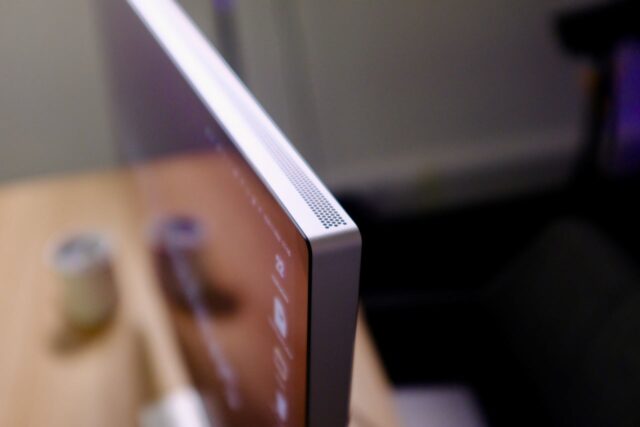If you’re in the market for a new monitor, laptop or another device with a screen, you may have come across the term Adobe RGB, but what does it mean?
Keep reading to learn everything you need to know about Adobe RBG.
What is Adobe RGB?
Adobe RGB is a colour space that was originally developed by Adobe. A colour space is a specific group of colours that can be reproduced either digitally on a display or physically in print.
Adobe RGB was introduced as a competitor to the existing sRGB colour space in 1998, taking advantage of the advanced colour features offered by Adobe Photoshop at the time.
While both Adobe RGB and sRGB are based on the RGB (red, green, blue) colour model, Adobe RGB has a wider range of colours and is capable of producing more of the colours supported in CMYK printing. This makes it a better choice for achieving colour accuracy – particularly when it comes to printed works. This also makes Adobe RGB a popular colour space for professionals.
That being said, sRGB remains the standard colour space used on the web. This makes it a more straightforward choice for most users to work in. It also means there can be extra steps involved if you want a work created in the Adobe RGB colour profile to be displayed accurately across the internet.
Another popular colour space is DCI-P3, a colour space originally developed for cinema.
Regardless of which colour spaces your monitor or device supports, it’ll likely only cover a certain percentage of each of those spaces. This is called a colour gamut and is expressed in percentages.
For example, the Apple Studio Display covered 82.2% of the Adobe RGB colour gamut in our tests, making it a better choice for creative work than the Samsung M8 Smart Monitor, which scored 78% indicating poorer colour accuracy.











